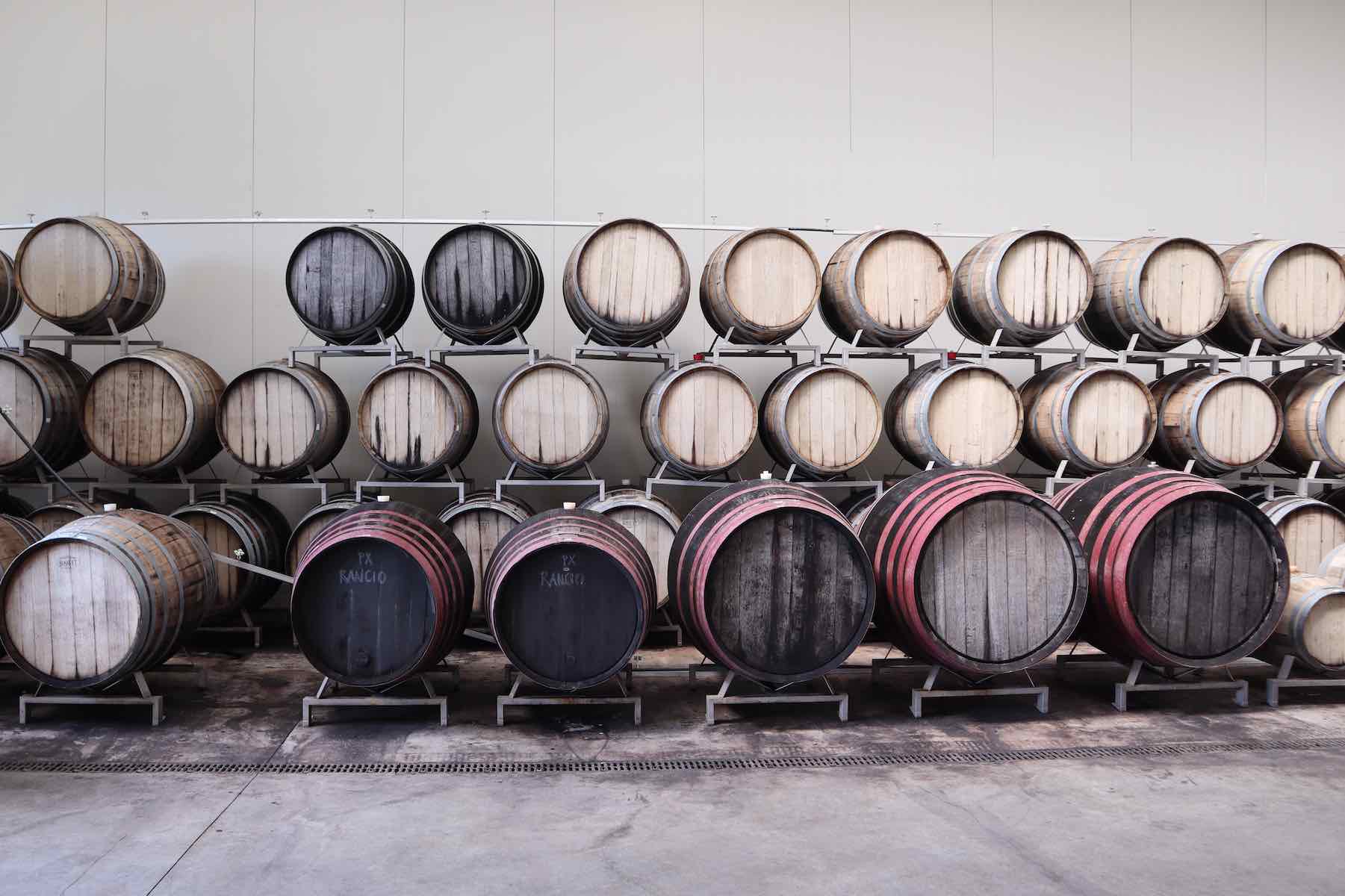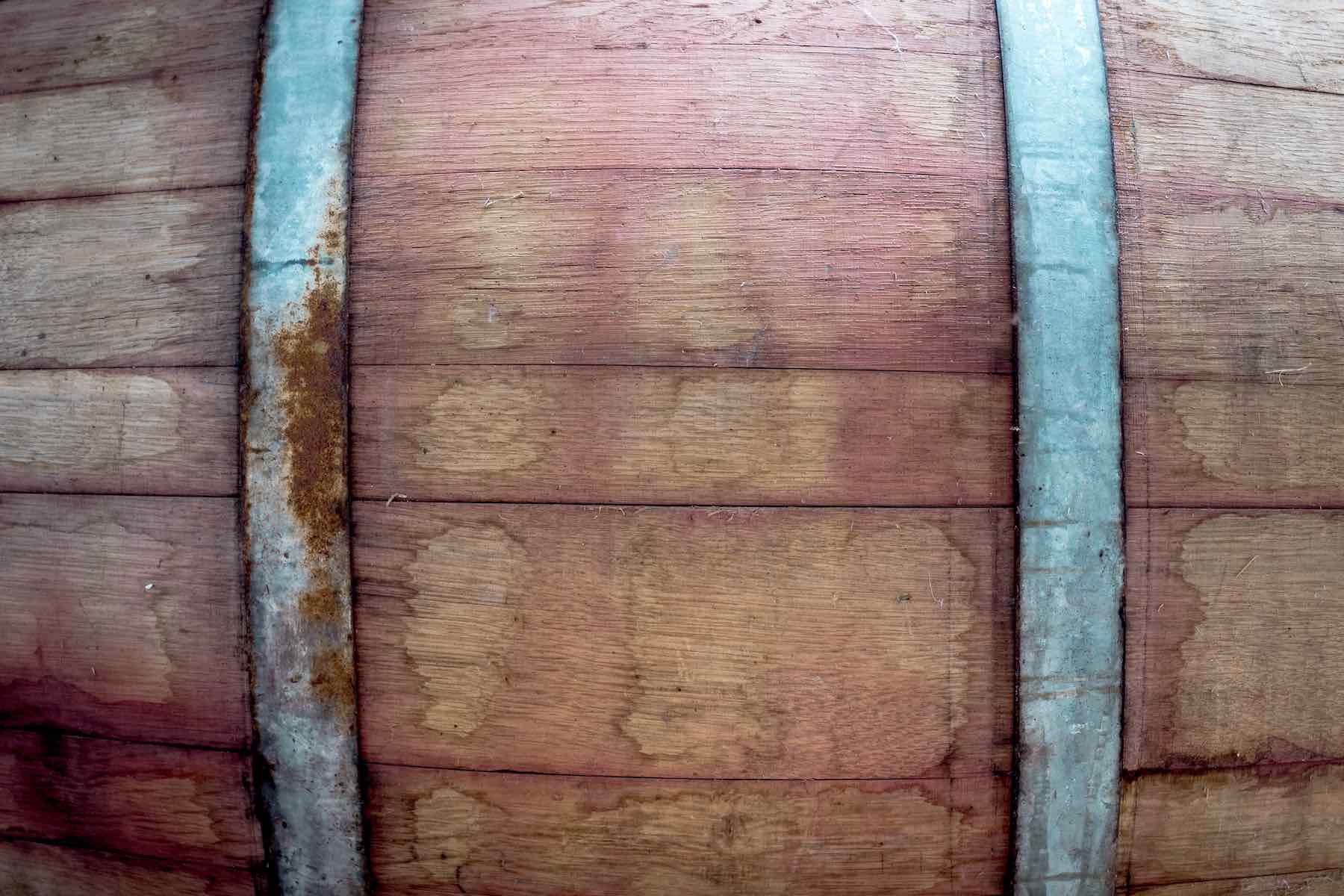
What difference does a cask make to the flavour of whisky?
The cask makes a massive difference to the flavour and profile of a whisky. Around 70% of a whisky's flavour comes from the cask, and all of a whisky's colour. But how does the cask influence flavour? There are six key variables that will impact how the cask changes the flavour of a whisky:
- What the cask is made of
- How large the whisky cask is
- How the cask has been treated
- What was in the cask before the whisky
- How many times the cask has been used
- How the whisky cask is stored
- How long the whisky is left in the cask
Let's take a look at each.
What the cask is made of
The vast majority of whisky casks are made from oak. There are a few exceptions (for example, some Irish brands like Method & Madness are experimenting with different woods). But on the whole, oak is used. Indeed, in the case of scotch, the cask has to be oak by regulation, otherwise it can't be called scotch.
But there are different varieties of oak. The type, or species, used will have different characteristics which in turn will have different effects on a whisky's flavour.
The main species of oak used are Quercus Rober and Quercus Patraea from Europe, which add spice and wood notes with a dry character, and Quercus Alba, which adds a creamy, coconut and vanilla character to a whisky. But there are other species of oak used, a notable example being Quercus Mongolica from Japan, each adding its own character to a whisky.
How large the whisky cask is
There are many different sizes and types of whisky casks. Obviously, different size casks hold differing amounts of whisky. But, different sizes can also result in different impacts on flavour.
The smaller the cask the greater the ratio of wood to whisky. This means there's a greater wood influence on the whisky. This can be a double edge sword. On the one hand, this can effectively mature a whisky faster, useful for small batch releases or a finishing period. On the other hand, it can be too easy to over-mature a whisky when using a very small cask, resulting in a profile that is just too woody. Knowing the right time to leave a whisky in a certain cask size is important.
How the cask has been treated
Specifically, the level of char. When a cask is constructed, it is usual to toast the inside of the cask over a fire. How long, and how intensely, you burn the inside of the cask will result in differing levels of char - from a light toasting, to a heavy, deep char. As the wood burns its flavours develop (akin to charring the outside of a steak). And, in turn, these flavours will influence the whisky.
What was in the cask before the whisky
A cask that has never held anything is sometimes called a virgin cask. In America, virgin casks have to be used for bourbon by regulation.
But in scotch, it's rare to see a virgin cask used; instead, the casks will have held something previously. This is often bourbon, as the casks that can no longer be used in America are shipped over to Scotland for reuse. But it could be a wide range of different liquids. From sherry, through wine, to port, beer and more.
Each of these liquids will have left a residue soaked into the staves of the barrel. This, in turn, will influence the flavour of the whisky. Imagine, for argument's sake, you had a bourbon cask whisky next to a sherry cask whisky. You'll likely now be imagining the different flavour profiles.
How many times the cask has been used
A cask can be used many times. Let's look at a bourbon cask. When first used in America, it was a virgin cask. It then can't be used again for Bourbon, so it's shipped over to Scotland. It's now an ex-bourbon cask, and when filled with whisky it becomes a first-fill ex-bourbon cask. But, once that scotch has finished its maturation, the cask can be further reused. At this point, it becomes a refill ex-bourbon cask.
As you may have guessed, the intensity of flavour gradually diminishes over time. But this isn't necessarily a bad thing. A virgin cask will be very active with big robust flavours; fine for ageing a bourbon for a few years, but would completely overpower a whisky left to age for say 30 years. Conversely, a 30 year old whisky in a refill barrel will age nicely and slowly over those three decades.
How the cask is stored
Where the cask is stored, both geographically and also within a particular warehouse, will affect a whisky's flavour. For example, whether the atmosphere is dry or damp. Hot or cold. Stable temperature, or significant temperature variations. All these factors will change how the whisky interacts with the wood and the air around it, affecting how flavour develops.
How long the whisky is left in the cask
Last, but by no means least, is how long the whisky is left in the cask. This one you likely would have guessed, given that, in many cases, the age of a whisky is a prominent feature.
The key here is to recognise that older doesn’t necessarily mean better, it just means different. As we've hopefully demonstrated in this article, there are many factors which influence how a whisky's flavour develops. While time is absolutely relevant, it’s the combination of time together with these other factors that, in the right balance, creates truly delicious whiskies.
Buying whisky casks
If you're interested in buying whisky casks, we'd be pleased to help. Spiritfilled is an expert cask broker with years of experience finding, and maturing, award-winning whiskies. Contact us here today and we can talk about the style of casks you're looking for.
If you'd like to learn more about whisky casks, you may enjoy reading our free Whisky Cask Investment Guide which you can download here.



